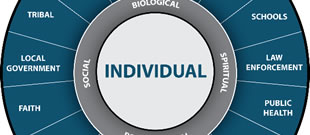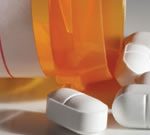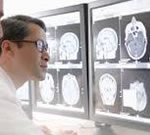Can Telehealth Help with The Opioid Abuse Crisis? Part Two
Last month we began the exploration of whether telehealth can help fight the opioid abuse crisis. The statistics continue to overwhelm. More deaths last year from opioid abuse (60,000) than in the entire Vietnam War. An increase of 45% in overdose deaths in New York City between 2015 and 2016, 93% of these involve opioids. We shared findings from work being done at John Hopkins, a summary of which can be seen here:
https://healthepractices.com/can-telemedicine-help-with-the-opioid-abuse-crisis/
Since then I have had an opportunity to do a deeper dive into the questions, especially with attendance this week at the AATOD (American Association for the Treatment of Opioid Dependence) conference. There are more ways for telemedicine to help. Here are just some of the ways.
- It takes a village. Combatting the opioid abuse crisis requires a multi-disciplinary approach. Certainly, the patient, the family, the clinicians and the facilities. Add in insurance companies, pharmaceutical companies, the schools and law enforcement. Telehealth can create a community with enhanced communication enabled targeted at delivering positive outcomes.

- Access to resources. There is a disconnect between the geographic location of patients and the availability of professional resources who can help. Telehealth can help fill this void.
- Transportation is an issue. Some patients in treatment need daily follow up visits and sometimes it takes hours just to get to appointments. Transportation usually involves significant cost and often involves additional individuals. Telehealth can help.
- Coordinating the Clinics. Several organizations have opened multiple clinics to treat opioid patients. The ability to use telehealth to load balance the clinical staff, enabling clinicians to serve multiple locations and reduce travel time is a significant opportunity
- Peer Support is essential and telehealth can be used in cases where it otherwise difficult for group members to gather in person.
- One of the final AATOD sessions was entitled “Prescribing Buprenorphine Using Telemedicine-Practical and Regulatory Issues.” The pharmaceutical industry has been identified as one of the villains in the fight against opioid abuse and here is an opportunity for them to step up into a leadership role. Legal and regulatory issues also need to be explored.
Several “catch phrases” grabbed my attention in my learning about opioid abuse.
Accidental Addicts – Patients developing addictions after taking the prescription given to them by doctors for a legitimate medical need.
Recovery programs utilize people in long-term recovery from addiction as Recovery Specialists and Patient Navigators to engage individuals reversed from an opioid overdose, putting an end to the “revolving door” where too many individuals endlessly cycle in and out of emergency departments and never connect to treatment or recovery support services.
Evidence-based treatment (EBT) refers to treatment that is backed by scientific evidence. That is, studies have been conducted and extensive research has been documented on a particular treatment, and it has proven to be successful.
Confidentiality Protection is essential for patients in recovery. Removing the stigma of opioid abuse and treating patients with respect were common themes.
Government entities have recognized the crises and have begun to respond. On the federal level SAMHSA (Substance Abuse and Mental Health Service Administration) is leading the charge and In New York State the charge is being led by OASES (Office of Alcoholism and Substance Abuse Services). Treatment centers are expanding as depicted below.

All hands on deck. Using technology, where appropriate, to spread the word and the good work being done by so many in the field is the one way I feel I can help.
What about you?




Leave a Reply
Want to join the discussion?Feel free to contribute!